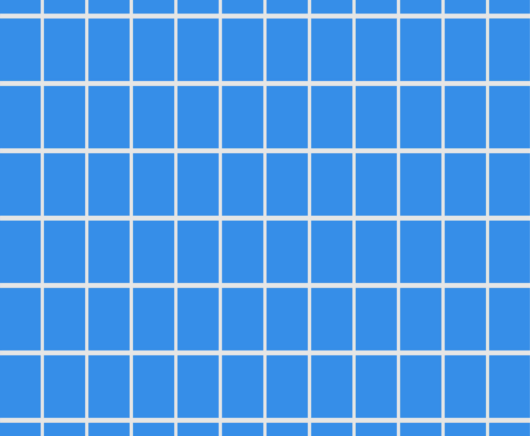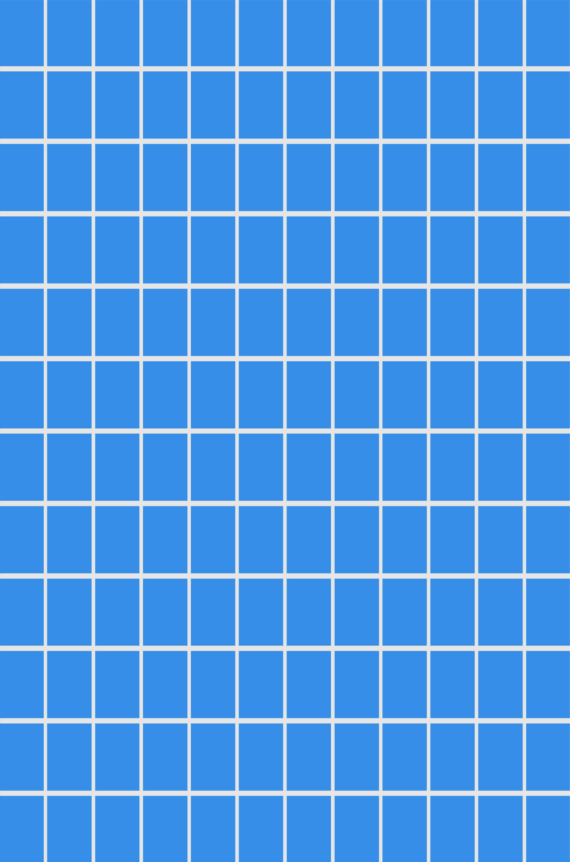RavenDB 5.0: Exploring Time Series–Part II

In my last post, I talked about how to store and query time series data in RavenDB. You can query over the time series data directly, as shown here:
You’ll note that we project a query over a time range for a particular document. We could also query over all documents that match a particular query, of course. One thing to note, however, is that time series queries are done on a per time series basis and each time series belong to a particular document.
In other words, if I want to ask a question about time series data across documents, I can’t just query for it, I need to do some prep work first. This is done to ensure that when you query, we’ll be able to give you the right results, fast.
As a reminder, we have a bunch of nodes that we record metrics of. The metrics so far are:
- Storage – [ Number of objects, Total size used, Total storage size].
- Network – [Total bytes in, Total bytes out]
We record these metrics for each node at regular intervals. The query above can give us space utilization over time in a particular node, but there are other questions that we would like to ask. For example, given an upload request, we want to find the node with the most free space. Note that we record the total size used and the total storage available only as time series metrics. So how are we going to be able to query on it? The answer is that we’ll use indexes. In particular, a map/reduce index, like the following:
This deserve some explanation, I think. Usually in RavenDB, the source of an index is a docs.[Collection], such as docs.Users. In this case, we are using a timeseries index, so the source is timeseries.[Collection].[TimeSeries]. In this case, we operate over the Storage timeseries on the Nodes collection.
When we create an index over a timeseries, we are exposed to some internal structural details. Each timestamp in a timeseries isn’t stored independently. That would be incredibly wasteful to do. Instead, we store timeseries together in segments. The details about how and why we do that don’t really matter, but what does matter is that when you create an index over timeseries, you’ll be indexing the segment as a whole. You can see how the map access the Entries collection on the segment, getting the last one (the most recent) and output it.
The other thing that is worth noticing in the map portion of the index is that we operate on the values of the time stamp. In this case, Values[2] is the total amount of storage available and Values[1] is the size used. The reduce portion of the index, on the other hand, is identical to any other map/reduce index in RavenDB.
What this index does, essentially, is tell us what is the most up to date free space that we have for each particular node. As for querying it, let’s see how that works, shall we?
Here we are asking for the node with the least disk space that can contain the data we want to write. This can be reduce fragmentation in the system as a whole, by ensuring that we use the best fit method.
Let’s look at a more complex example of indexing time series data, computing the total network usage for each node on a monthly basis. This is not trivial because we record network utilization on a regular basis, but need to aggregate that over whole months.
Here is the index definition:
As you can see, the very first thing we do is to aggregate the entries based on their year and month. This is done because a single segment may contain data from multiple months. We then sum up the values for each month and compute the total in the reduce.
The nice thing about this feature is that we are able to aggregate large amount of data and benefit from the usual advantages of RavenDB map/reduce indexes. We have already massaged the data to the right shape, so queries on it are fast.
Time series indexes in RavenDB allows us to merge time series data from multiple documents, I could have aggregated the computation above across multiple nodes to get the total per customer, so I’ll know how much to charge them at the end of the month, for example.
I would be happy to know hear about any other scenarios that you can think of for using timeseries in RavenDB, and in particular, what kind of queries you’ll want to do on the data.
Woah, already finished? 🤯
If you found the article interesting, don’t miss a chance to try our database solution – totally for free!





